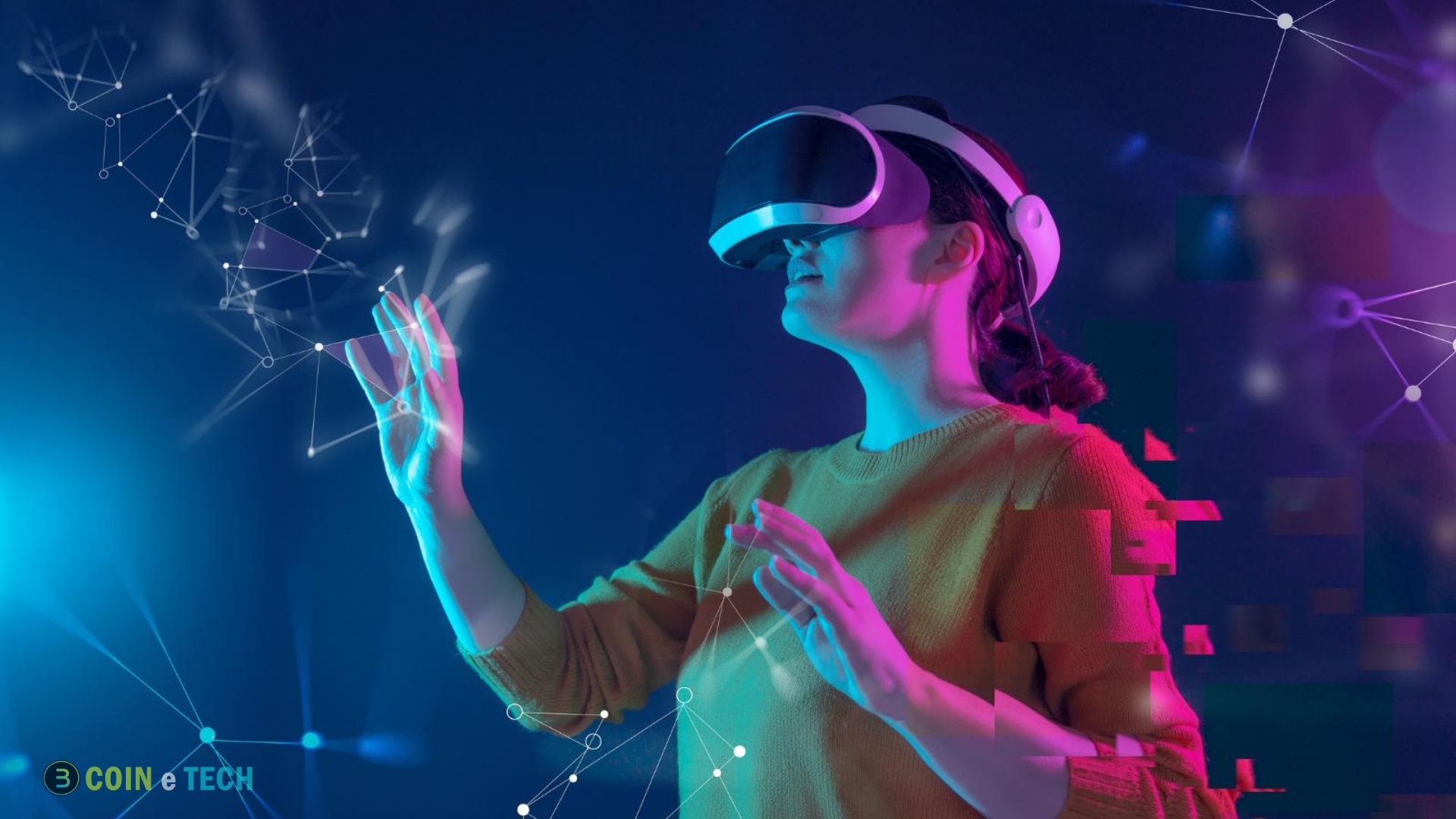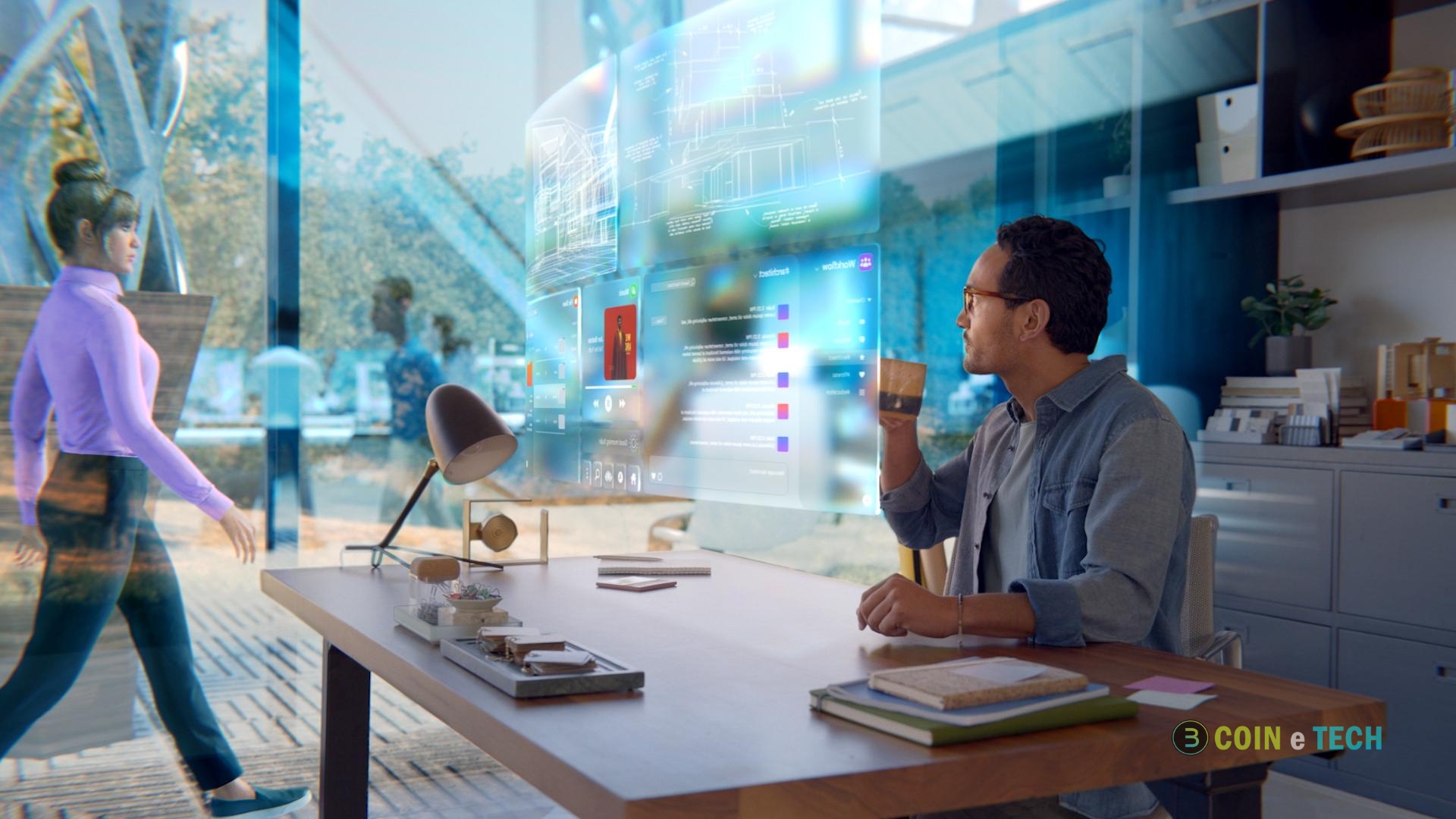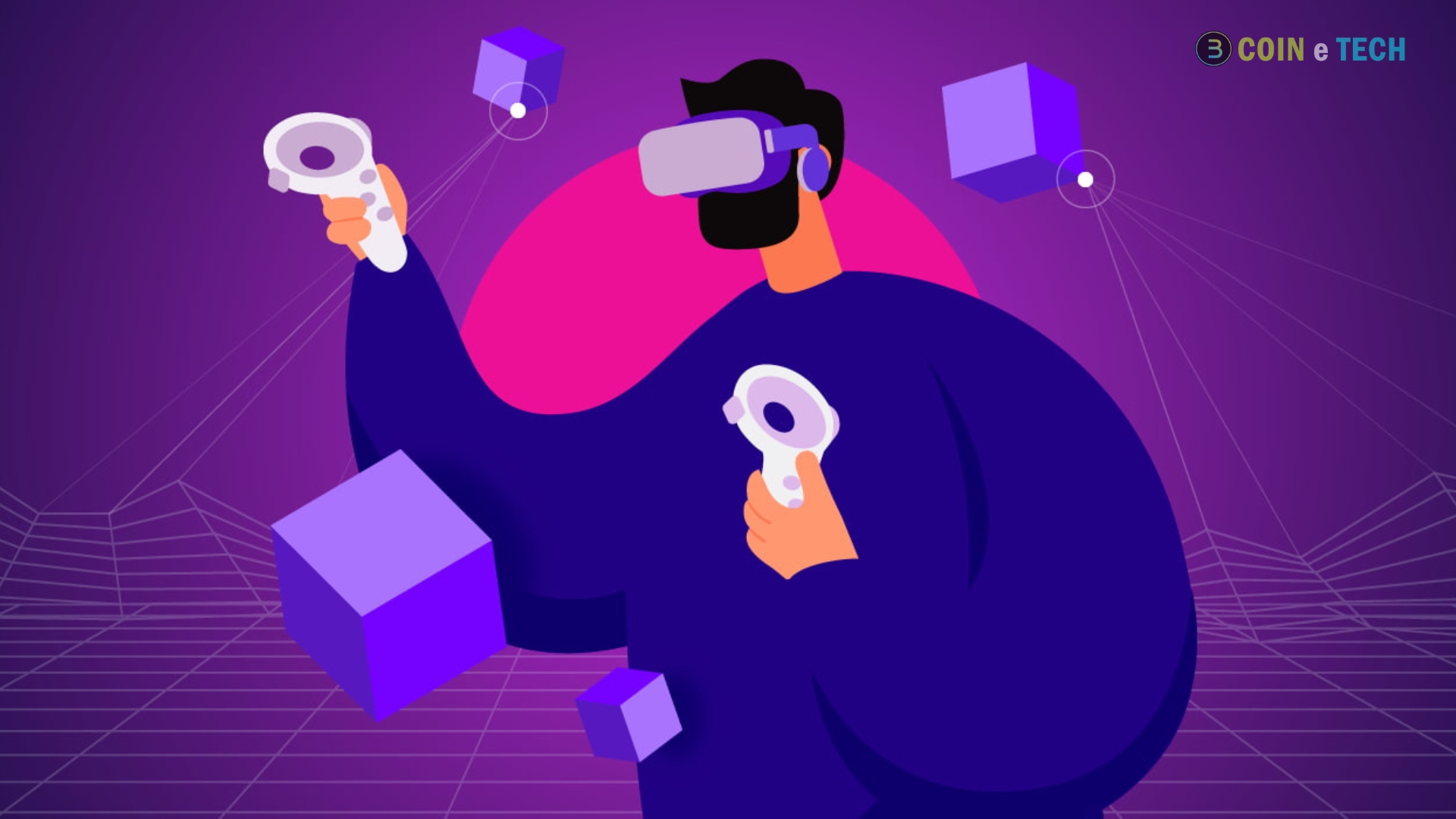Blockchain Metaverse: Many groundbreaking concepts typically start with much ambiguity in technology. As seen with cloud computing, the IoT, and the sharing economy, there are problems with jargon and numerous overused and poorly defined concepts. The digital economy is also expanding at a rapid pace around the globe. Between 2020 and 2021, for instance, Apple consumers spent about $1.8 billion on digital goods and services.
Considering the importance of blockchain networks and NFTs in the next global economic revolution, exploring the potential of a blockchain metaverse is an unavoidable next step. Due to the impending confluence of many technologies, we may see significant advancements over the next decade. In this article, we will go over the basics of the metaverse as they pertain to blockchain technology.
What is Metaverse?
Any curious person seeking information on the metaverse will naturally start by looking for a definition. In his 1992 fiction work “Snow Crash,” Neal Stephenson used the phrase “metaverse” for the first time. Many new technologies previously only imagined in science fiction have recently been discovered.
Metaverse has several potential uses, some already visible in various ways. Animal Crossing, Roblox, and Fortnite are just a few examples of games where you could have encountered the idea of the metaverse. What many futurists see in the current metaverse picture reflects this shared vision. The one in “Ready Player One” and similar fiction uses the phrase “The Oasis” to describe the metaverse.
No one knows how the metaverse could look, but specialists have identified its defining characteristics. The focal point of the metaverse, which would also include the real and virtual worlds, would be a fully operational economy. Another remarkable feature is that blockchain metaverse users would be free to travel to other locations within the metaverse.
What is a Blockchain Metaverse?
Since you are already familiar with the concept of a metaverse, learning about the blockchain metaverse may not be too difficult. Digital assets currently account for a market worth more than $10 billion. However, the multi-billion dollar digital asset industry could disappear because digital assets are only usable on their platforms.
Here, we see the introduction of NFTs or non-fungible tokens. You can make and sell or buy these digital goods on public markets. No middlemen must own and control NFTs; users can do it independently. Because NFTs give digital assets true and permanent value, they may be useful in reshaping the metaverse stock.
Components of Metaverse
The next step is identifying the most crucial components to build a blockchain metaverse. Above all else, the metaverse should not be a closed environment run by a single entity but rather an entirely free and open ecosystem. Various parts of the metaverse could be located. The following, however, are the cornerstones around which the metaverse can be built.
Internet
The internet, a system of interconnected computer networks that does not depend on any one entity for its operation, is fundamental to the metaverse. The necessity of obtaining central approval from such institutions for use is not emphasized.
Open Media Standards
Open media standards, including audio, text, and video, are essential for the blockchain metaverse to attain genuine interoperability. Standards must govern media creation and merging to generate new media. Pixar and NVIDIA introduced two important milestones in promoting open media standards for 3D applications to enable interoperability, respectively, known as the USD and the MDL.
Open Programming Language Standards
Prolific and open standards for programming languages are also necessary for the metaverse. These standards for various programming languages would regulate application development in the metaverse. Consequently, it can facilitate script interchange across several languages, including WebAssembly, JavaScript, WebGPU, Shader Language, WebXR, and HTML.
eXtended Reality (XR) Hardware
eXtended Reality (XR) gear is also crucial to properly answering the question, “What is a blockchain metaverse?” The primary goal of XR hardware is to provide a bridge between our physical world and the virtual one, or the metaverse. Omni treadmills, smart glasses, and haptics are prominent pieces of XR hardware in the metaverse.
Decentralized Ledger and Smart Contracts
Adding smart contract platforms and decentralized ledgers would be the last piece to a blockchain metaverse’s architectural puzzle. Blockchain networks are crucial for making transactions more transparent and resistant to censorship. Simultaneously, the blockchain network must guarantee permissionless transactions.
Ethereum, Theta, Bitcoin, Binance Smart Chain (BSC), and Flow are just a few blockchain systems utilized in the metaverse. Hence, it has the potential to provide a solid foundation for the ownership economy, which in turn can augment the metaverse.
Conclusion
Before we wrap up, let it be known that the blockchain metaverse is everything but a science fiction concept. If you look at you closely, you’ll see that everything is going digital. Appreciating the metaverse’s advantages is critical, but you can’t disregard its disadvantages. While the idea of the metaverse has been around for a while, introducing innovative technologies like blockchain has accelerated its development. The reports of a potential Facebook metaverse further demonstrate the face metaverse might exist outside of any one place.








